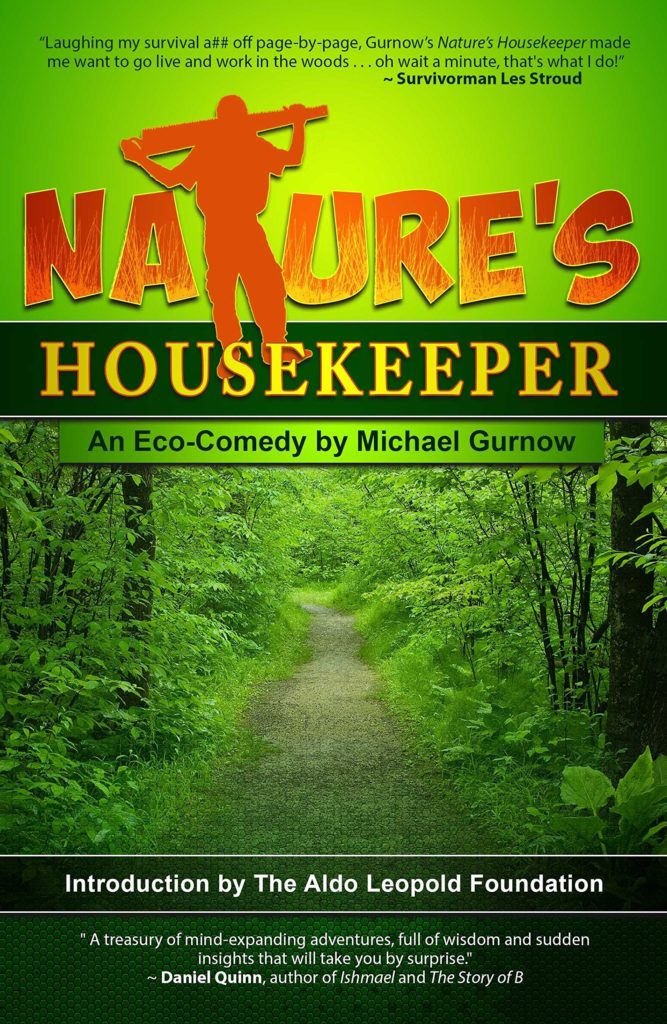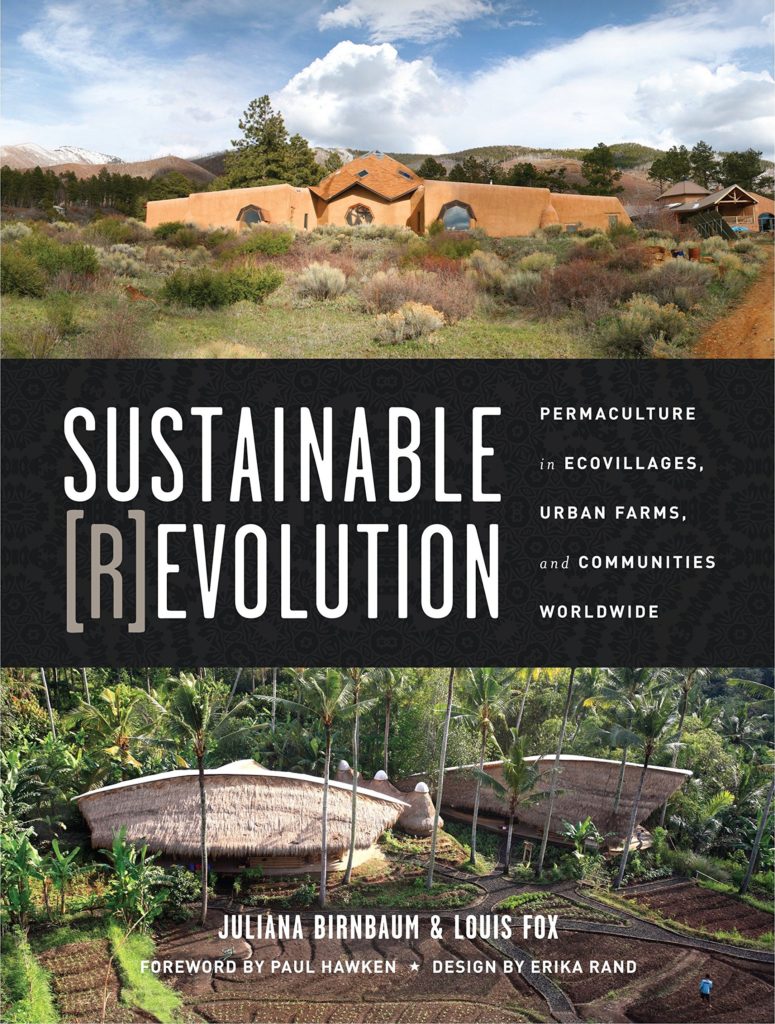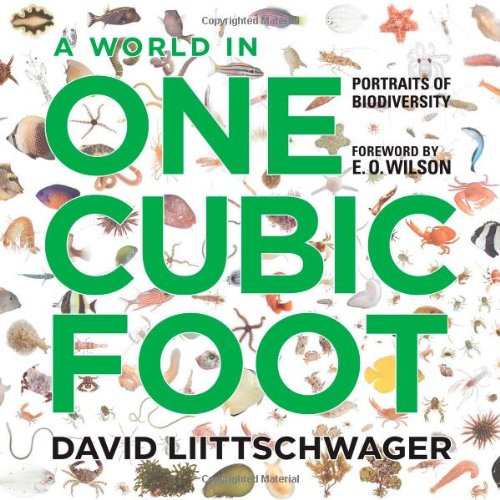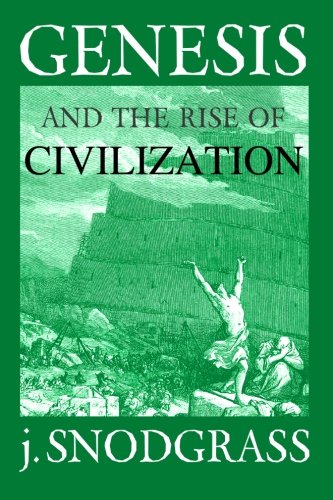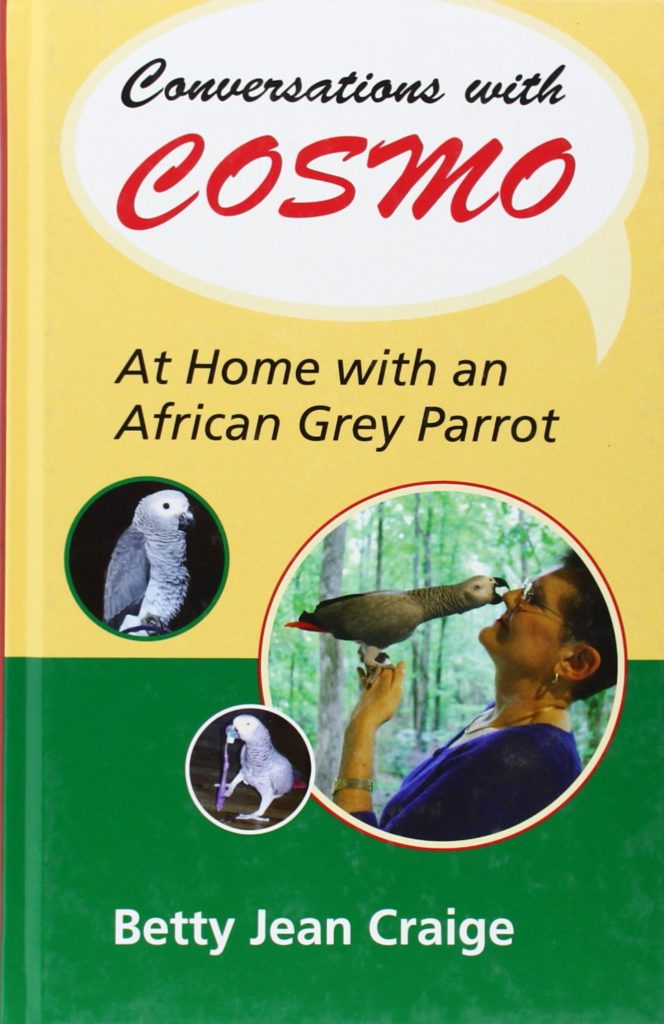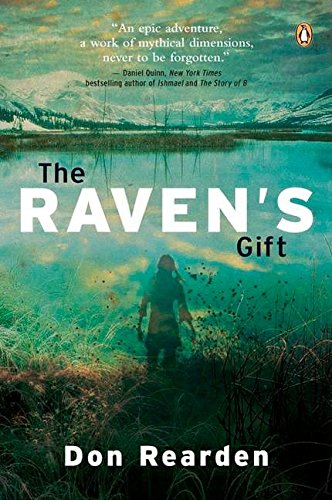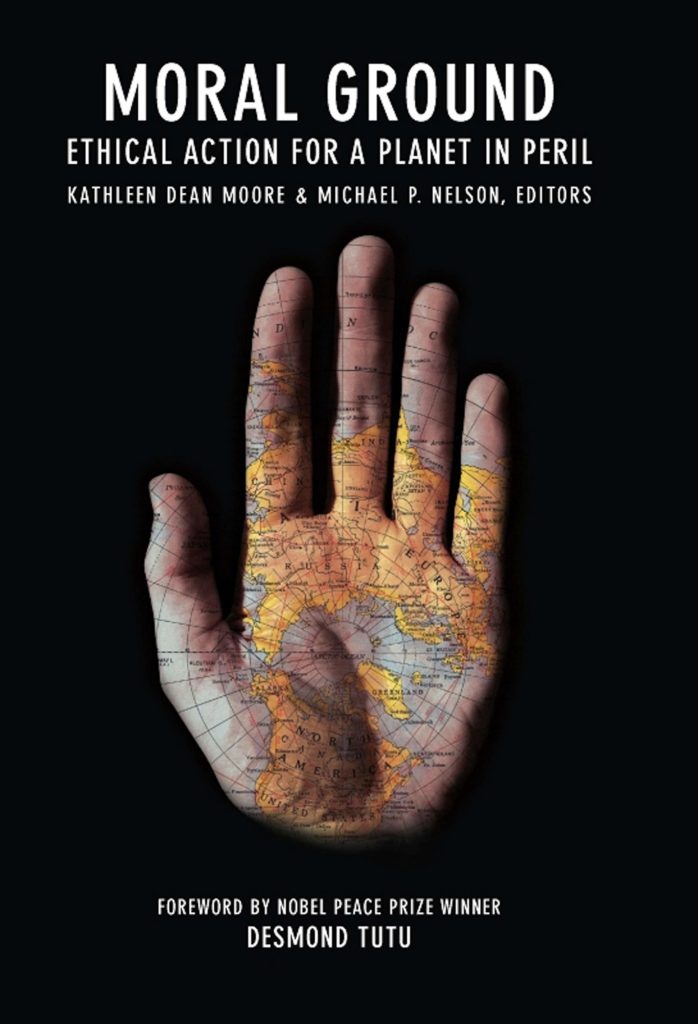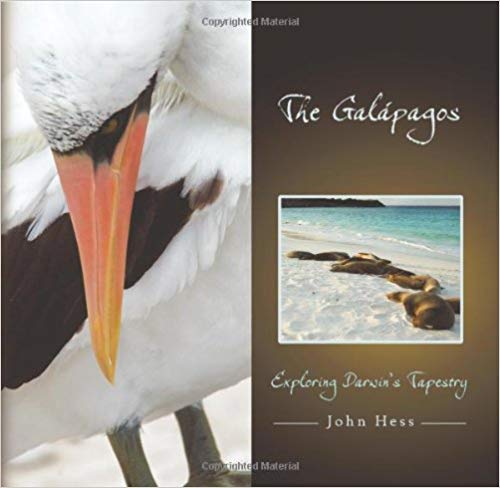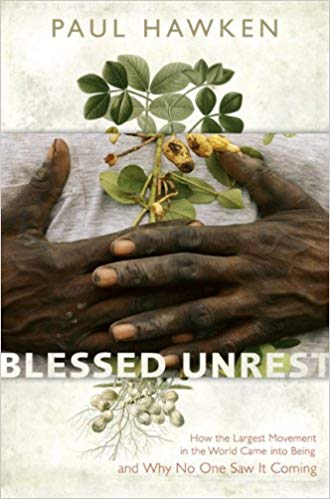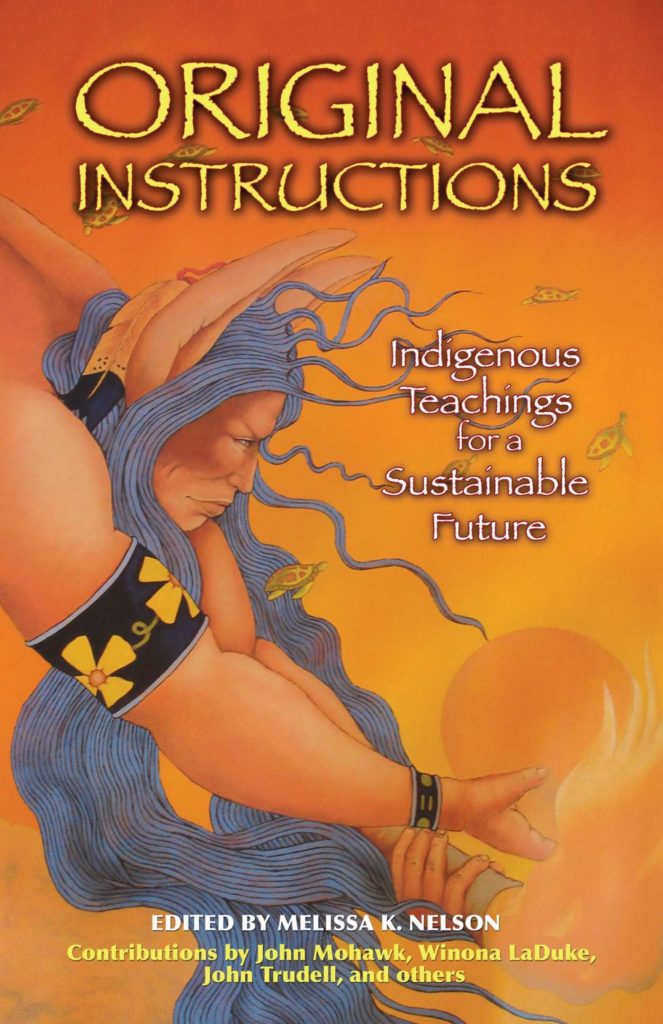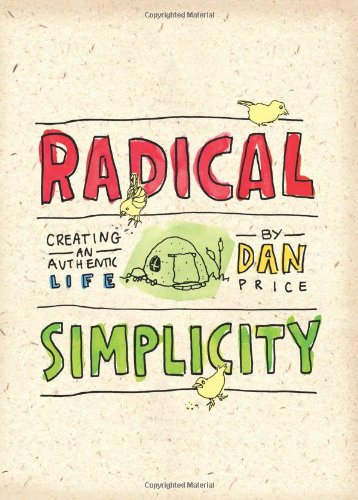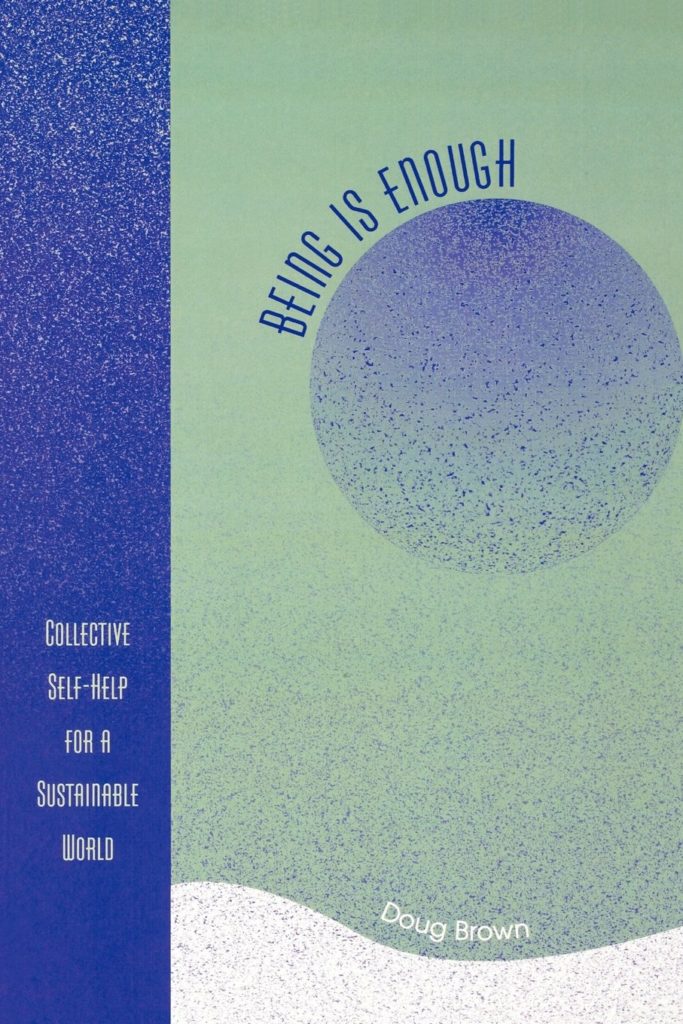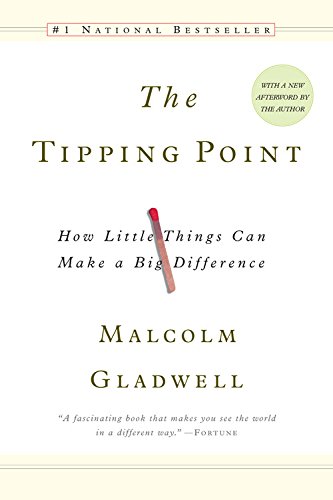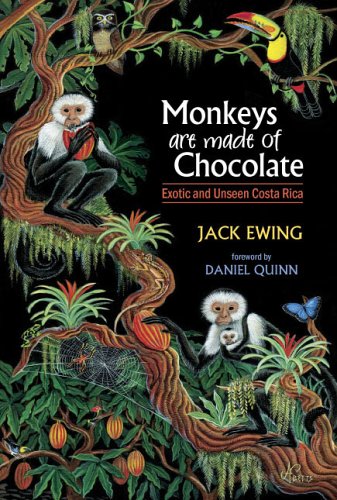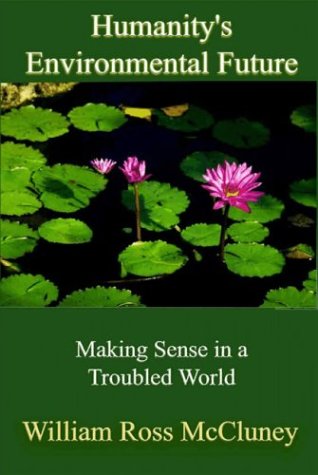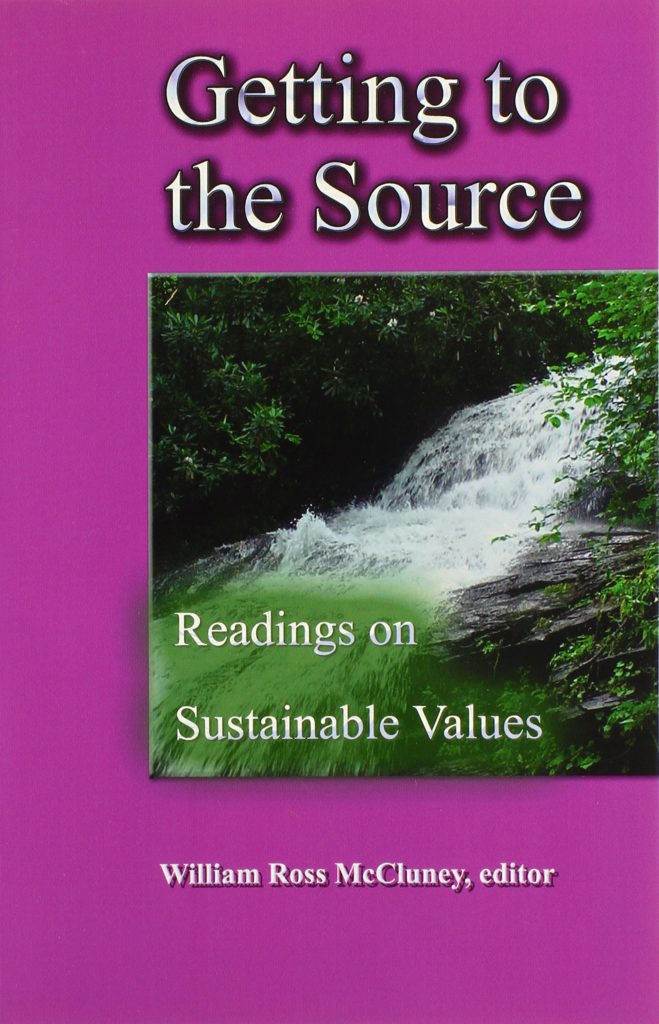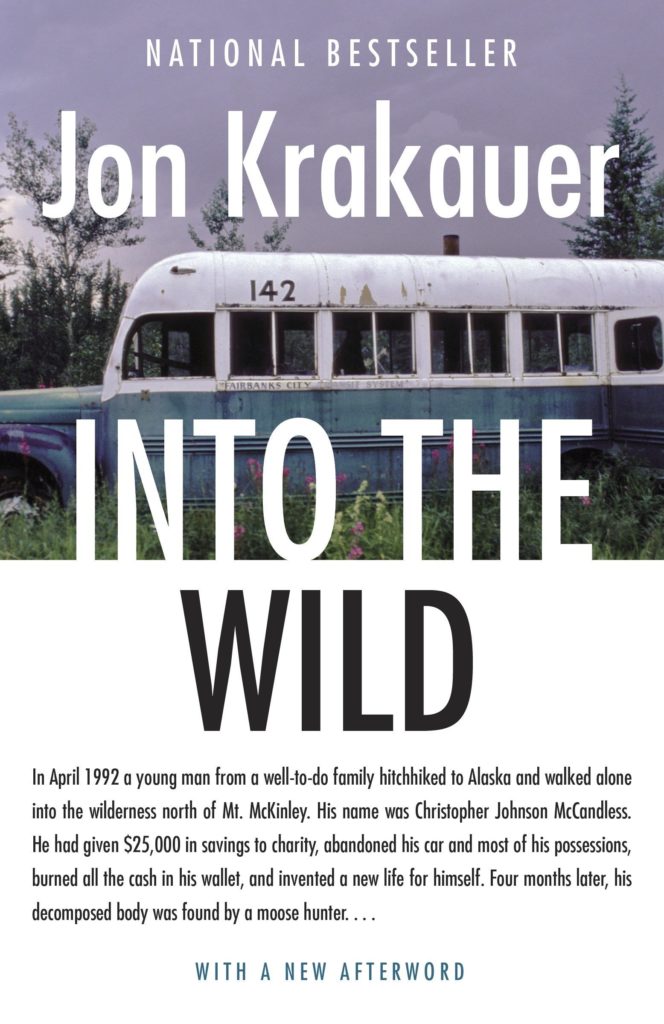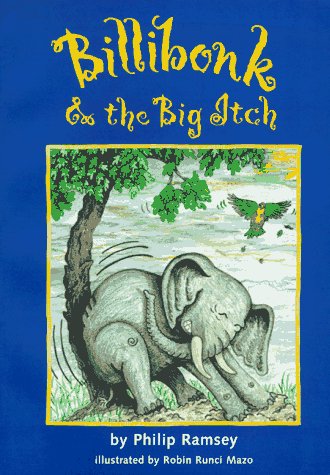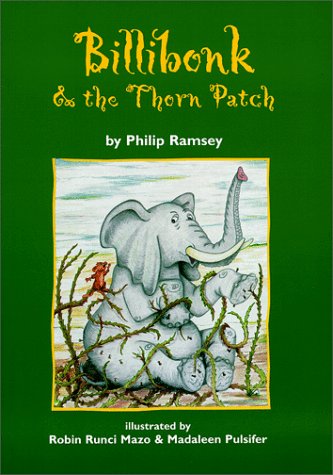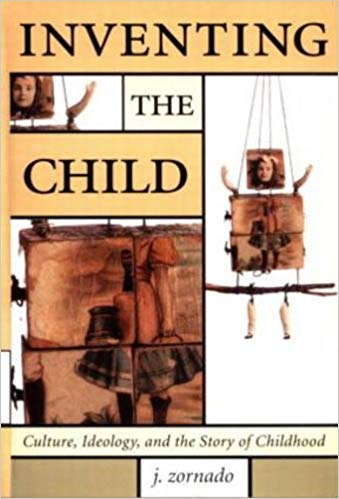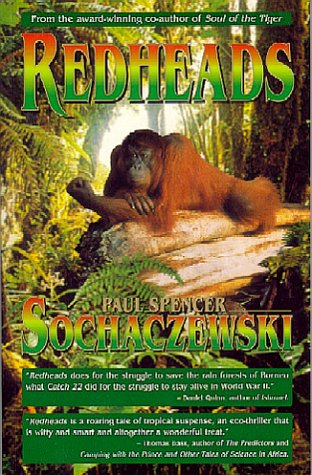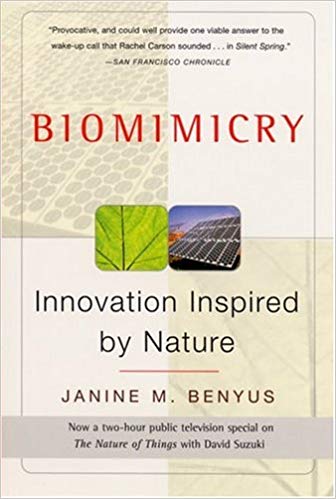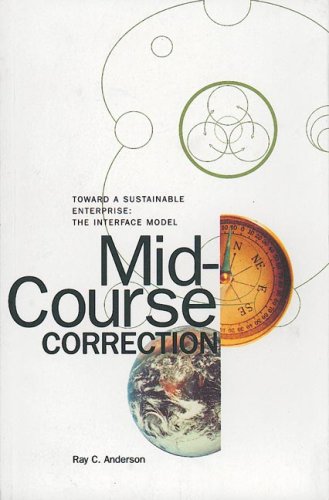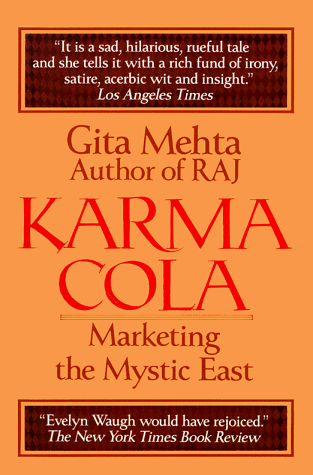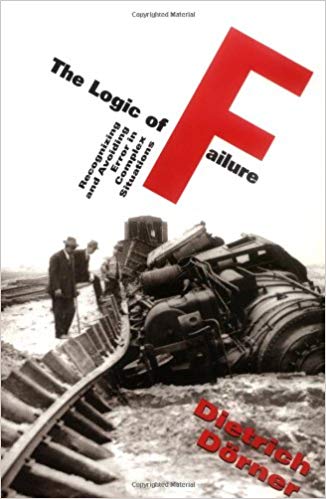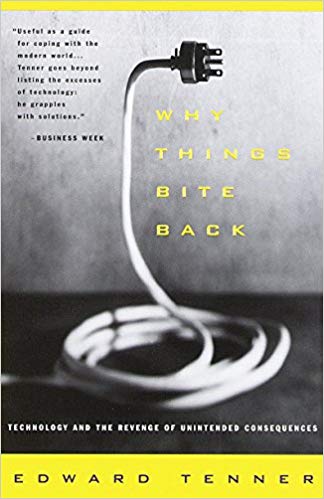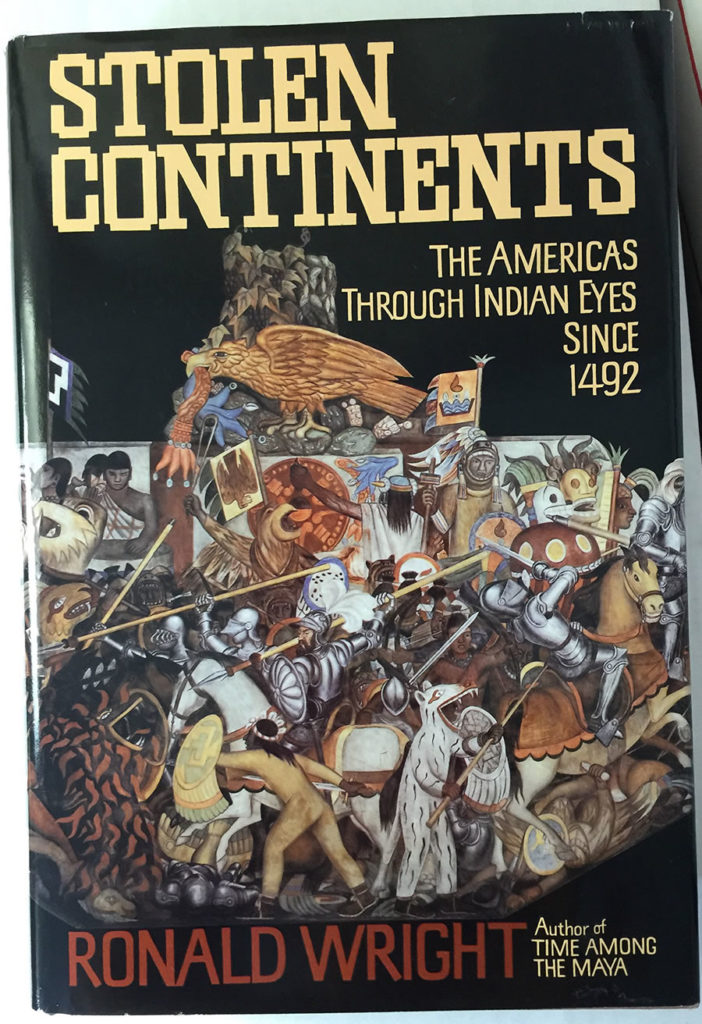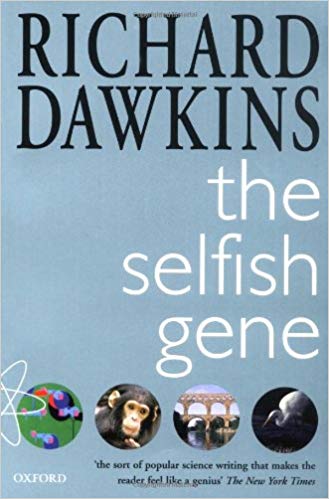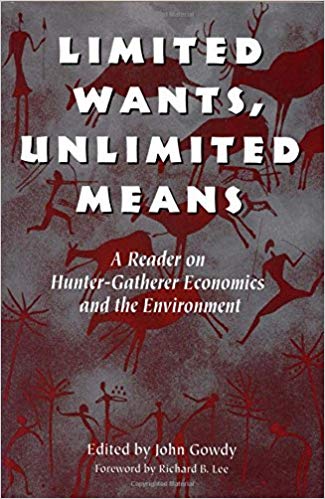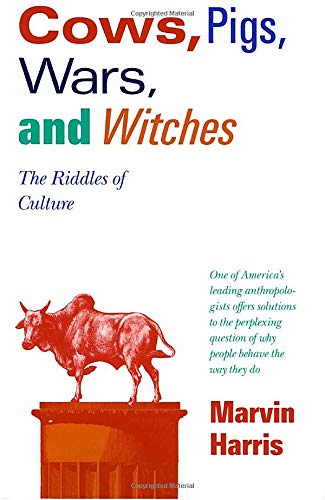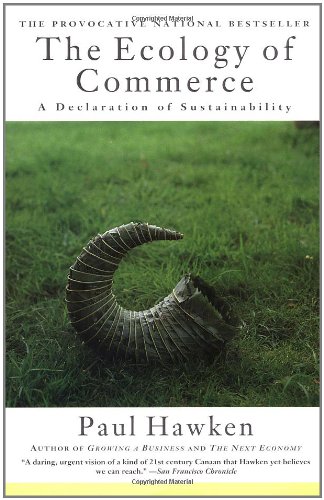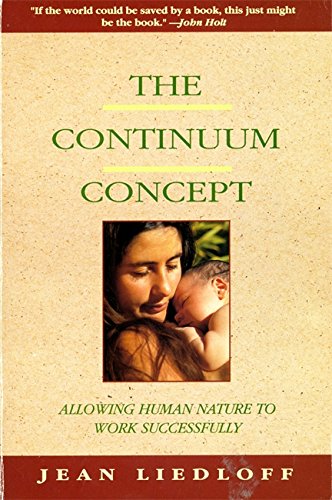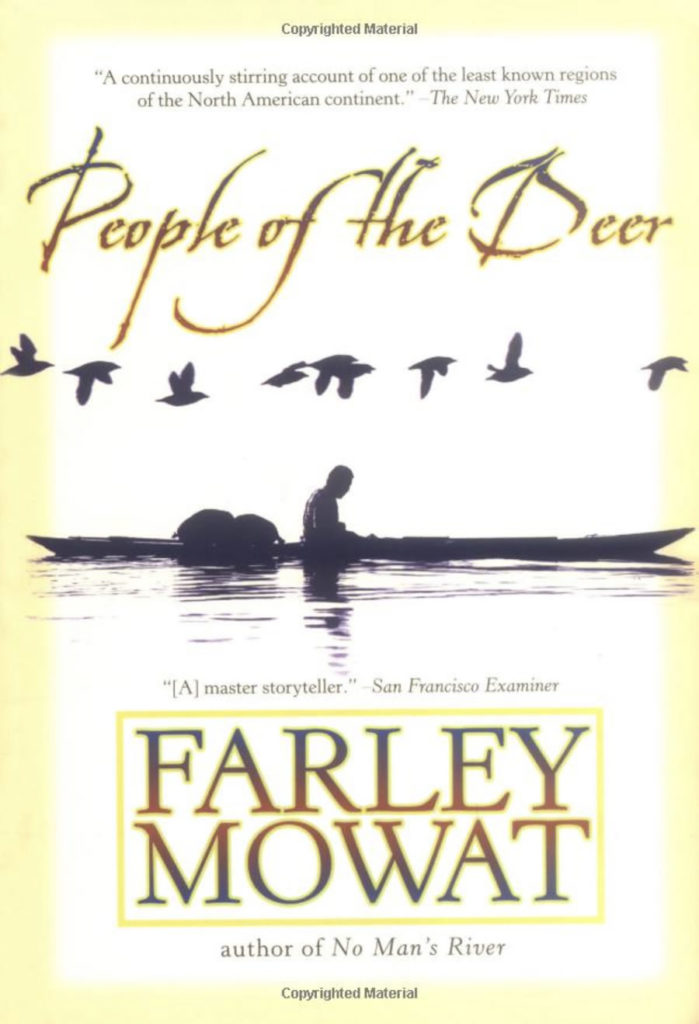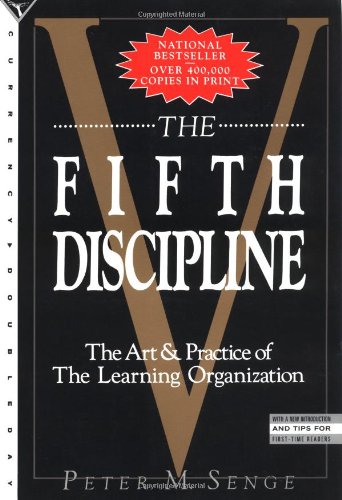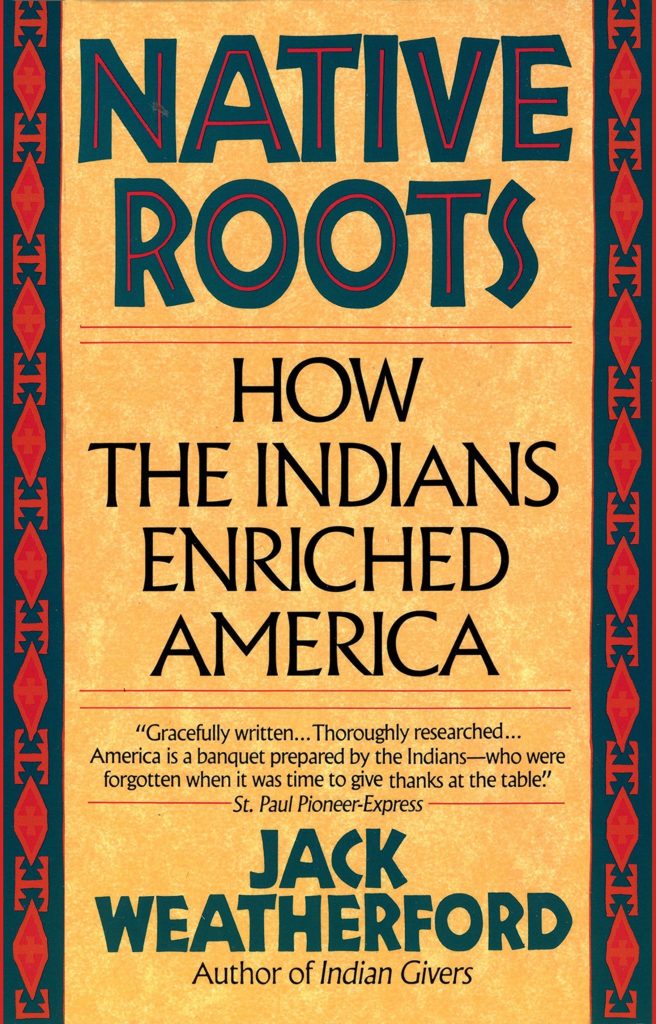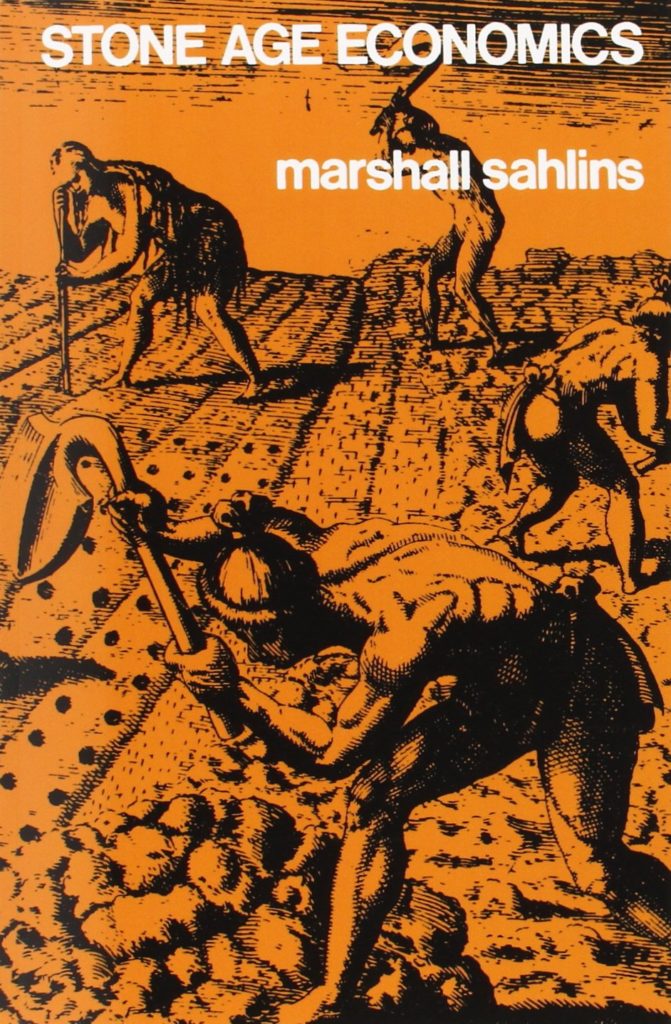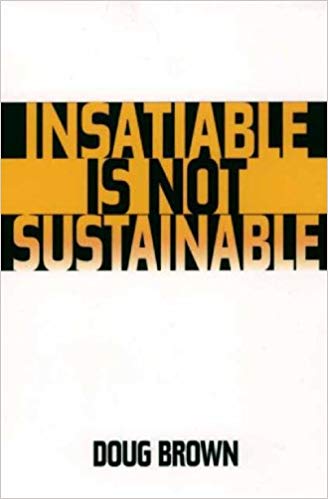This is Daniel’s annotated reading list, and most of the books on it are crucial reads for those who want to continue the journey. In support of the notion of “going local,” we strongly urge readers, whenever possible, to buy recommended books from their LOCAL booksellers. But if you are going to use Amazon.com, please use the links below! (The Ishmael.org website gets a small referral fee that helps offset the cost of running the site.) The link will take you directly to the specific book in the Amazon.com Bookstore, where you can learn more about it and other books as well. You won’t be asked to buy anything, but you can if you want to.
Nature’s Housekeeper: An Eco-Comedy
by Michael Gurnow
Having spent years contemplating a life-close-to-Nature like the one that Henry David Thoreau described in Walden, English teacher Michael Gurnow applied for a minimum-wage job as a Trail Maintenance Worker—and counted himself lucky to get it. His book is a comedy, filled with hair-raising tales of encounters with turkey buzzards the size of skinny gorillas, combative deer, walls of ticks, acres of poison ivy, fields of stinging nettles, and being mistaken by hikers for a deformed, purple-legged serial-killer hitchhiker. He learned that, for hikers who will not stay on designated paths, no real forest can ever be turned into a something completely stable, tidy, and safe.
If someday someone who has read Nature’s Housekeeper decides to create a forest theme park, he’ll probably start by leveling the site, discarding all its wildlife, sterilizing the soil, and guiding its steams into concrete channels. Then he’ll plant new trees and grass and import tons of butterflies, songbirds, and squirrels. A forest built in this way for billions will be undone completely by Mother Nature in a decade or so, without the expenditure of a nickel—proving that the forest theme-park builder didn’t read Nature’s Housekeeper very carefully after all. You can buy it at Amazon.com and see for yourself.
Sustainable Revolution: Permaculture in Ecovillages, Urban Farms, and Communities Worldwide
by Juliana Birnbaum and Louis Fox
In November 2013 the authors of this book asked me to read an advance copy with the idea of my possibly contributing a few words of recommendation. I did that, and my words of recommendation were these: “Our culture has been at war with the world for 10,000 years, wresting our food from it as from an enemy to be conquered, poisoned, worked to death, and discarded. Permaculture isn’t just a way of growing food, it’s a culture different from ours, a culture making peace with the world in every way. See it at work here. You’ll be astonished. I was.”
This book had such a terrific effect on me that I was moved to add a chapter about it (and about Permaculture) to a book of my own, The Invisibility of Success, then in preparation. Buy Sustainable Revolution at Amazon.com.
A World in One Cubic Foot: Portraits of Biodiversity
by David Liittschwager et al.
The author started with a question: How much life lies within a cubic foot? To get the answer, he brought a metal frame that size to Central Park, Costa Rica, a coral reef, and other places around the world. Then he photographed what he found inside it. In 24 hours in a square foot of parkland near Cape Town, South Africa, he found 30 different species of plants and about 70 different insects. By contrast, a similar experiment in a midwest cornfield (not illustrated in this book) yielded no plants but corn (of course), a single mushroom, and six insects: a demonstration of the “success” of Totalitarian Agriculture in eliminating competitors for human food. This truly beautiful book, profusely and gorgeously illustrated, of course, will reward you with a deep appreciation of the wondrous diversity of our planet’s community of life. A coffee-table book good for the life of your coffee table! Buy it at Amazon.com
Genesis and the Rise of Civilization
by J. Snodgrass
The author writes of his book: “My inspiration to become an itinerant Bible teacher came from Daniel Quinn’s books Ishmael and The Story of B. And this book was largely inspired by the commentary on the ‘Garden of Eden’ story in Ishmael, which Quinn paraphrases and then interprets. I wished a book existed where someone went line by line, word by word, further developing Quinn’s interpretation.” Delving into an impressively wide-ranging library, Mr. Snodgrass has made his wish come true in a remarkably readable and enlightening volume. Buy it at Amazon.com.
New Money for a New World
by Bernard Lietaer and Stephen Belgin
This valuable (and for me mind-boggling) book, published in the last days of 2011, examines a previously unexamined culprit for the many issues we face today-the monopoly of our centuries old monetary system. It also provides many ways and means that are now readily available to stop the current juggernaut towards global self destruction. Many of the solutions offered within this book are more than theory. Communities from around the world have successfully addressed a myriad of issues without the need to raise taxes, redistribute wealth, or depend upon enlightened self interest from corporate entities. Rather the improvements were realized simply and effectively by rethinking money. With such a shift everything is possible. A book to be read by everyone concerned with our current economic meltdown–most especially those in government. Buy it at Amazon.com.
Born To Run
by Christopher McDougall
Subtitled “A Hidden Tribe, Superathletes, and the Greatest race the World Has Never Seen.” Among the Tarahumara–the “hidden tribe” of Mexico’s Copper Canyon (Spanish: Barranca del Cobre)–there is no crime, war, or theft. Their real name (Tarahumara is the name given to them by the Spanish) is Rarámuri–the Running People, and the author comments that “Come race day, the Tarahumara don’t train or taper. They don’t stretch or warm up. They just stroll to the starting line, laughing and banter . . . then go like hell for the next forty-eight hours.” Although the book has special interest for runners, it should be of interest to my readers as well. McDougall investigates the place of running in human evolution, and cites the theory that the Neanderthals, who (on the basis of fossil evidence) were not built to run, became extinct as a result of competition of Cro-Magnon runners. Buy it at Amazon.com.
Conversations with Cosmo: At Home with an African Grey Parrot
by Betty Jean Craige.
Not just for bird or animal lovers! In this fascinating little book you’ll meet Cosmo, the female African Grey parrot who shares a home and life with Betty Jean. (Also known as Dr. Craige, Professor Emerita of Comparative Literature at the University of Georgia, whose seminar students were steeped in Ishmael and its related books for many years.) By the end of the book, after you’ve been regaled with Cosmo’s linguistic and humorous antics and achievements, you may find yourself considering adopting an African Grey to liven up your own home. At the very least, you’ll have some new insight into the interrelatedness of all living creatures. Buy it at Amazon.com
The Raven’s Gift
by Don Reardon
For more than a decade Daniel served as writing coach for Don, through many versions of what’s now The Raven’s Gift. Here’s what he wrote to Don after receiving the final copy: “Well, you’ve done it at last–and triumphantly! You’ve written a novel of epic proportions.” Don, who grew up on the tundra of southwestern Alaska, leads us though that bleak wilderness in a novel that opens up a world few of us will ever know first hand. We share the excitement and trepidation of the main characters as they embark on a term of teaching in a Yup’ik Eskimo village, eager to experience a culture at odds with their own. And we share the despair as things turn disastrous. We suffer with them through the cold, the darkness, the fear, and rejoice during the small moments of light and hope. It is indeed an epic adventure. (RMQ) Buy it at Amazon Canada or Amazon.com
Moral Ground: Ethical Action for a Planet in Peril
Edited by Kathleen Dean Moore and Michael P. Nelson, Foreword by Desmond Tutu.
“Moral Ground brings together the testimony of over 80 visionaries–theologians and religious leaders, scientists, elected officials, business leaders, naturists, activists, and writers–to present a diverse and compelling call to honor our individual and collective moral responsibilities to our planet.” Includes Daniel Quinn’s essay “The Danger of Human Exceptionalism.” Buy it at Amazon.com.
Roadmap to Sustainability: Interpreting Daniel Quinn
by Doug Brown
As the one being “interpreted” in this book, I can imagine having a multitude of different reactions, but none could match the one I had, which was simple amazement. Doug Brown opened my eyes to my own work, and he will do the same to you if you let him. I won’t attempt to be more specific; it would take me a book-length review and would deprive you of the pleasure of your own discovery. In one way I wish I could have written this book myself; in another way, I’m thoroughly glad that another author is bringing it forward here to validate by placing it in the context of other works. You can order the book at Lulu.com.
The Galápagos: Exploring Darwin’s Tapestry
by John Hess
In this wondrous volume Hess, Emeritus Professor of Biology at the University of Central Missouri, vastly expanded and enriched my understanding of ecosystems and of the subtle ways in which they shape the creatures that inhabit them. In lay-reader-friendly text and more than 150 stunning color photographs we are given intimate glances into the behavior and quirks of dozens of species, some all but unimaginable, including an albatross that takes its egg for a stroll, a seabird that can’t swim, and a gull that has learned to fish for squid in the dark. A treasury of enlightenment and a treasure of a book. Buy it at Amazon.com.
Blessed Unrest: How the Largest Movement in the World Came into Being and Why No One Saw It Coming
by Paul Hawken
It almost always happens, when I speak in telephone conferences with university classes or with larger groups, that someone will ask if I have hope for the future and, if so, why. My answer has always been an intuitive one, the intuition being that in the last fifteen years or so awareness of the perils we face in the immediate future has expanded explosively–and that this in itself provides authentic hope for the future. In Blessed Unrest Paul Hawken, with his extraordinary passion for information, has transformed my mere intuition into a reality. Acting on the same “hunch” as mine, he began to count. . . . “I initially estimated a total of 30,000 environmental organizations around the globe; when I added social justice and indigenous peoples’ rights organizations, the number exceeded 100,000. . . . I now believe there are over one–and maybe even two–million organizations working toward ecological sustainability and social justice.”
He concludes this encyclopedic work with these heartening words: “There is no question that the environmental movement is critical to our survival. Our house is literally burning, and it is only logical that environmentalists expect the social justice movement to get on the environmental bus. But it is the other way around: the only way we are going to put out the fire is to get on the social justice bus and heal our wounds, because in the end, there is only one bus. Armed with that growing realization, we can address all that is harmful externally. What will guide us is a living intelligence that creates miracles every second, carried forth by a movement with no name.” Buy it at Amazon.com.
Original Instructions: Indigenous Teachings for a Sustainable Future
Edited by Melissa K. Nelson
Original Instructions is a compilation of 33 presentations made at annual meetings of Bioneers, an organization created in 1990 “to disseminate breakthrough solutions . . . needed to change our way of living on earth to avert global environmental catastrophe.”
The presenters are virtually all members of aboriginal peoples, which is what makes the book so uniquely valuable. Fifteen years ago no such book existed–or could have existed. Buy it at Amazon.com.
Radical Simplicity: Creating an Authentic Life
by Dan Price
This is a book for the many hundreds of young (and not-so-young) people who have written to me asking how to go about “walking away” from the Taker lifestyle. Author and “hobo-artist” Dan Price has done that most successfully, using his ingenuity and determination to build an authentic life, a life “hand made” for himself, rather than one dictated by outside circumstances. Buy it at Amazon.com.
Being Is Enough : Collective Self-Help for a Sustainable World
by Doug Brown
Doug Brown continues the excellent work begun in Insatiable Is Not Sustainable, this time focusing on the stress we cause ourselves and the world around us by accepting a “have all you can have” and “be all you can be” culture. Writing with extraordinary simplicity, economics professor Brown brings fresh insights to our situation, and proposes specific reforms needed to democratize our economy. Although these reforms would doubtless be opposed (just as unionization and Social Security were), we can be assured that “Profits are not going to go away” as a result of these reforms. “Neither are management, trade, marketing, accounting, corporations, the IMF and WTO, prices, and money. What needs to happen, and can happen, is that these mechanism of capitalism have to be reshaped and redirected to serve new goals–sustainability and social justice, sufficiency and simplicity, tranquility and equality. The radical reforms will do this–on one condition. A cultural revolution must take place–changed minds. If we can make that happen, the rest will be easy.” Buy it at Amazon.com.
The Tipping Point: How Little Things Can Make a Big Difference
by Malcolm Gladwell
I generally limit my recommendations to books that have little public exposure. Such is not the case for The Tipping Point, which has been a bestseller for four years now. I recommend it because it affirms (in ways I could not have done) the power of incremental change. Realistically speaking, most of us are limited to doing “little things,” and many are disheartened by this. This book, however, shows very persuasively “How Little Things Can Make a Big Difference.” If the world is saved, I believe it will not because some great superman has taken up our cause but because the number of us doing “little things” (like changing the minds of the people around us) has reached “the tipping point.” Buy it at Amazon.com.
Monkeys Are Made of Chocolate: Exotic and Unseen Costa Rica
by Jack Ewing, with a foreword by Daniel Quinn
If you enjoy having arcane and even possibly useful information (especially about exotic wildlife), then Monkeys Are Made of Chocolate is a must read for you. Meet a large, log-like reptile and wonder whether it’s a caiman or a crocodile? Easy: if it’s a caiman, it runs away; if it’s a crocodile, it eats you. Troubled by bats in the attic that simply can’t be kept out? Install a boa constrictor. Jack Ewing’s thirty-year adventure in a Costa Rican jungle has produced a book full of infectious love and amazing lore. Buy it at Amazon.com.
Humanity’s Environmental Future: Making Sense in a Troubled World
by William Ross McCluney
The appearance of books like Humanity’s Environmental Future–serious but very readable, comprehensive, and ambitious–is a very encouraging sign that more and more people with changed minds are making themselves heard; readers will especially appreciate McCluney’s chapter on “Taking Action.” Buy it at Amazon.com
Getting to the Source
by William Ross McCluney (Editor)
Getting to the Source brings together important “source” essays from Rachel Carson, Wendell Berry, Garrett Hardin, Donella Meadows, Thomas Berry, Daniel Quinn, and many others. Buy it at Amazon.com.
Into The Wild
by Jon Krakauer
I include this book as recommended reading because I hear from so many youngsters who, like Chris McCandless (the subject of the book), dream of fleeing civilization, of striking out on their own in the wilderness, of “living off the land.” Although this is primarily the story of McCandless’s failure to recognize the difficulties of such an undertaking, the author includes several similar accounts of individuals taking on “the wild” single-handedly, with the romantic notion that this is what a capable and resourceful person should be able to do. All victims of the Great Forgetting, they were blissfully (and ultimately tragically) unaware that humans did not evolve as rugged individualists, each taking on the task of survival on his or her own. Our ancestors, who universally lived “in the wild,” always faced the task tribally and never took it on single-handedly. They knew that–even with all their survival wisdom, garnered over countless generations–living in the wild is far too much for any isolated individual to cope with. Buy it at Amazon.com.
Dancing with Mosquitoes: To Liberate the Mind from Humanism–A Way To Green the Mind
by Theo Grutter
Running into Theo Grutter’s book is like running into Jean Liedloff’s Continuum Concept: meeting a mind that has come independently to be in sync with my own. This doesn’t mean he’s saying things I’ve said or thought. On the contrary, he continually surprises me with things I haven’t said or thought. And he says them well and wittily.
Of our frenetic “get ahead” lifestyle that robs our souls to fill our houses with gaudy trinkets: “Is it not the madness of the fool who day after day falls into the same pit, yet is wholly proud to know the trick of how to climb out of it day after day?” Of the congratulation we award ourselves for our humanitarian greatness in the Third World: “A versatile mind might want to scrutinize with an ecologically-minded eye the greatness of our great white jungle doctors. A truly modern mind that thinks also with a third eye placed generations away might then note that this humanitarian greatness nicely exploding our population there can ultimately cast a great shadow over the flora and fauna of the jungle and stop its people from singing and dancing.”
Composed of very brief essays, this is a book to spend a few minutes with every day, a book for your bedside table. Readers who cherish my work will cherish Dancing with Mosquitoes. Buy it at Amazon.com.
Billibonk and the Big Itch
by Phil Ramsey (Author), Robin Mazo (Illustrator)
I include these because so many people have asked about books for their children, though I must do so with limited enthusiasm. Until late in the nineteenth century, children’s stories were contrived for the sole purpose of delivering moral lessons. As such, the stories themselves were just “the spoonful of sugar that makes the medicine go down.” The Billibonk stories, I’m afraid, belong to the same tradition, being contrived for the sole purpose of delivering systems-thinking lessons. I will say, however, that the lessons are nonetheless admirable ones. Buy it at Amazon.com.
Billibonk & the Thorn Patch
by Philip Ramsey (Author), Robin Runci Mazo (Author), Madaleen Pulsifer (Author)
I include these because so many people have asked about books for their children, though I must do so with limited enthusiasm. Until late in the nineteenth century, children’s stories were contrived for the sole purpose of delivering moral lessons. As such, the stories themselves were just “the spoonful of sugar that makes the medicine go down.” The Billibonk stories, I’m afraid, belong to the same tradition, being contrived for the sole purpose of delivering systems-thinking lessons. I will say, however, that the lessons are nonetheless admirable ones. Buy it at Amazon.com.
Inventing The Child
by J. Zornado
Nothing is harder to bring to light than that which is hidden in plain sight, and this is what J. Zornado has undertaken to do in this stunning exposé of the insidious systemic mechanisms that perpetuate our demented and tormented culture, generation after generation. I count Inventing the Child among the two or three most eye-opening, illuminating, and important books I’ve ever read. Buy it at Amazon.com.
Redheads
by Paul Spencer Sochaczewski
Besides being a wise, witty and engrossing thriller, fascinating on every page, Redheads is one of those very rare novels that you put down knowing you’ve gained a whole new understanding of how things really work in the wild, wicked world out there. If such a thing is imaginable (and I hope it is), this book does for the struggle to save the rain forests of Borneo what Catch 22 did for the struggle to stay alive in World War II. It’s an experience that will stay with you, I guarantee it. Buy it at Amazon.com.
Gaviotas: A Village to Reinvent the World
by Alan Weisman
The record of an extraordinary experiment in sustainable development and appropriate technology, the transformation of a Colombian village so successful that the United Nations has called it a model for the developing world. Buy it at Amazon.com.
GOING LOCAL: Creating Self-Reliant Communities in a Global Age
by Michael H. Shuman
“Going Local” enables us to drag our feet against the tendency of Taker globalization, which destroys cultural diversity.and reduces us all to cogs in a giant money-making machine. The nearly 70-page appendix of resources makes the book worth owning all by itself. Buy it at Amazon.com.
BIOMIMICRY: Innovation Inspired by Nature
by Janine M. Benyus
I think reviewers praise this not because they like the book but because they like the subject. I too am fascinated by the subject, but found the book to be an unrevealing look at it. Why put it on my recommended list? Because I haven’t seen anything better and because people ask what I think of it. Buy it at Amazon.com
Mid-Course Correction: Towards a Sustainable Enterprise; The INTERFACE Model
by Ray C. Anderson
Peregrinzilla Press, 1998. Distributed by Chelsea Green Pub. Co. (800-639-4099). Buy it at Amazon.com.
The Road To Hell: The Ravaging Effects Of Foreign Aid And International Charity
by Michael Maren
If you think your charitable giving is making the Third World a better place, think again. If you think your government is trying to do good, think again. If you think the UN has been intervening in places like Somalia, Rwanda, and Bosnia for humanitarian reasons, think again. ( DQ) Buy it at Amazon.com.
The Selfish Gene
by Richard Dawkins
A wonderful introduction to the theory of natural selection and how it leads to evolutionary change. Buy it at Amazon.com.
Man’s Rise to Civilization (as Shown by the Indians of North America from Primeval Times to the Coming of the Industrial State)
by Peter Farb
A different sort of history, exploring issues central to Ishmael. Buy it at Amazon.com.
Limited Wants, Unlimited Means: A Reader on Hunter-Gatherer Economics and the Environment
by John Gowdy, editor
For more than 99% of our history, human life has meant hunting-gathering life. If you want to know how this life worked, you can spend two or three years intensively browsing the anthropology shelves of your local library—or you can read Limited Wants, Unlimited Means: A Reader on Hunter-Gatherer Economics and the Environment. John Gowdy’s book is a treasure, and I recommend it without reservation to all who want to know more about this tragically-neglected subject. Buy it at Amazon.com.
Cows, Pigs, War and Witches: The Riddles of Culture
by Marvin Harris
A distinguished anthropologist examines aspects of culture in a highly readable and accessible form. Buy it at Amazon.com.
The Ecology of Commerce: A Declaration of Sustainability
by Paul Hawken
An important and influential study of sustainability issues. Buy it at Amazon.com.
The Continuum Concept: In Search of Happiness Lost (Classics in Human Development)
by Jean Liedloff
This book, almost a companion piece to Ishmael, shows why Leaver children grow up sane and healthy. Visit the Continuum Concept website! Buy it at Amazon.com.
People of the Deer
by Farley Mowat
An intimate study of a Leaver people, the Ihalmiut, living in the Great Barrens of Canada. Buy it at Amazon.com.
The Fifth Discipline
by Peter Senge
An introduction to systems thinking (of which Ishmael is an example). A fairly demanding book, but the only one of its kind. Buy it at Amazon.com.
Native Roots: How the Indians Enriched America
by Jack Weatherford
A treasure house of little known information. Buy it at Amazon.com.
Stone Age Economics
by Marshall Sahlins
The classic study of “The Original Affluent Society. Buy it at Amazon.com.
Insatiable Is Not Sustainable
by Doug Brown
If humans are going to have a future on this planet, a blaze of change has to sweep the earth in the next few decades–a change in the way people think about the world and our place in it. One of the sparks that are going to kindle this blaze is Doug Brown’s Insatiable Is Not Sustainable, a book that reaches deep into the mad recesses of our culture (while retaining a sense of humor and remaining delightfully readable). Buy it at Amazon.com.

